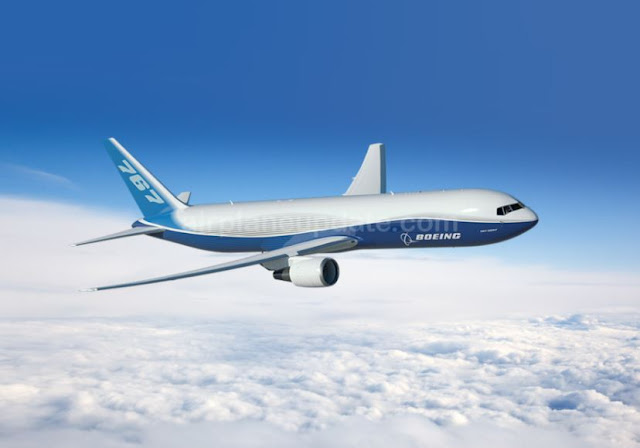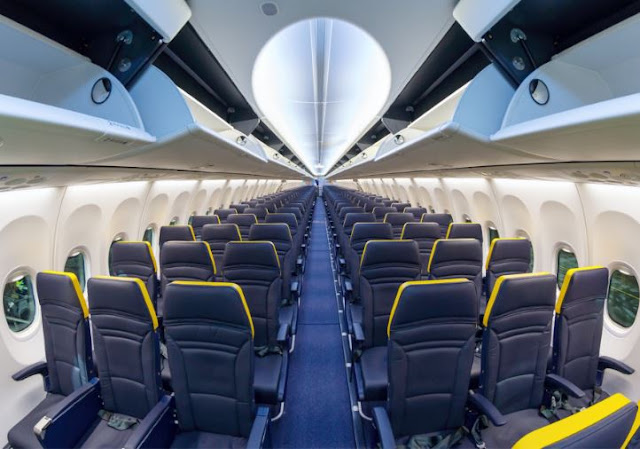Boom Supersonic XB-1 Specs, Interior, Speed, and Price
Boom Supersonic XB-1 Specs, Interior, Speed, and Price – Boom XB-1 is a supersonic aircraft developed by Boom Technology, USA. This aircraft is claimed to be the fastest civilian aircraft in the world which is being developed at this time. Boom XB-1 prototype aircraft unveiled at Hangar 14 at Centennial Airport in Denver, USA, in November 2016.
The launch of the Boom Supersonic XB-1 demonstrator took place on 7 October 2020. The aircraft will undergo a 100% carbon neutral flight test program and is expected to make its maiden flight in 2021. It can fly from New York to London in 3.4 hours, from San Francisco to Tokyo in 4.7 hours, and from Los Angeles to Sydney in six hours.
Boom Supersonic XB-1 Specs
The Boom XB-1 became the first independently developed and funded supersonic jet. The composite structure is made by Blue Force, while the carbon fiber material is provided by Tencate. The airplane skin component features a copper mesh lining for lightning protection. The Boom XB-1 demonstrator's dimensions include 68 ft in length and 17 ft in wingspan, while the passenger aircraft version will have a length of 170 ft and a wingspan of 60 ft.
The Boom XB-1 features three major aerodynamic advances, including a region-specific airframe, enhanced delta wing and chine. The chine is an extension of the wing that extends towards the nose. This produces more supersonic than subsonic lift, and contributes to natural balance across a wide range of speeds.
The Boom XB-1 supersonic jet has a delta wing configuration, including airfoil, soft camber, and swept trailing edge, which reduces supersonic induced resistance and helps calm the sonic leds. More than 1,000 wind tunnel simulation tests have been performed on board.
Boom Supersonic XB-1 Engine and Performance
The Boom XB-1 is powered by three General Electric J85-15 turbojet engines, which provide over 12,000 lb of thrust and contain a variable geometry nozzle system. Two engines are placed under the wings and one on the tail. Two intakes are installed on each side of the stern fuselage shoulder. The fuel storage capacity of the aircraft is 7,000 lb of jet fuel in 11 separate tanks, including the fuselage and wing tanks.
The Boom XB-1 can fly at a maximum cruising speed of Mach 2.2 (2,335 km / h), which is 2.6 times faster than other airlines. It has a maximum range of over 1,000 nm and a nose temperature of 307 ° F. The maximum take-off weight of the aircraft is 13,500 lb.
Boom Supersonic XB-1 Cockpit and Avionics
The cockpit of the Boom XB-1 is equipped with avionics developed by Honeywell. It will have a manually controlled and hydraulically powered system. It will have a center stick and steering pedal available for both seats, allowing pilots in both seats to fly the aircraft. It includes an electronic yaw damper that provides precise control over a wide range of speeds, while reducing pilot workload.
The flight control system including the aileron (roll), stabilator (pitch) and rudder (yaw) will be controlled by an actuator driven by a hydraulic pump driven by a double redundant engine.
Boom Supersonic XB-1 Cabin and Interior
The Boom XB-1 Demonstrator features a comfortable, pressurized cab that accommodates two crew members plus optional flight test engineer or passenger. The cabin of the standard passenger aircraft will accommodate up to 45 passengers and two crew members, while the high-density version will accommodate up to 55 passengers. The cabin also accommodates up to four flight attendants and has two bathrooms.
The Boom XB-1 cabin features a dual redundant oxygen system which helps to maintain optimal cab pressure. The cabin will have spacious seats, large windows and a personal trash can provided for each passenger.
Boom Supersonic XB-1 Price and Orders
The price of the Boom XB-1 supersonic aircraft is around US $ 200 million. The Boom XB-1 aircraft, has raised at least $ 6 billion in advance orders for the aircraft, with buyers including Virgin Group and Japan Airlines, investing $ 10 million in the company in 2017.





















